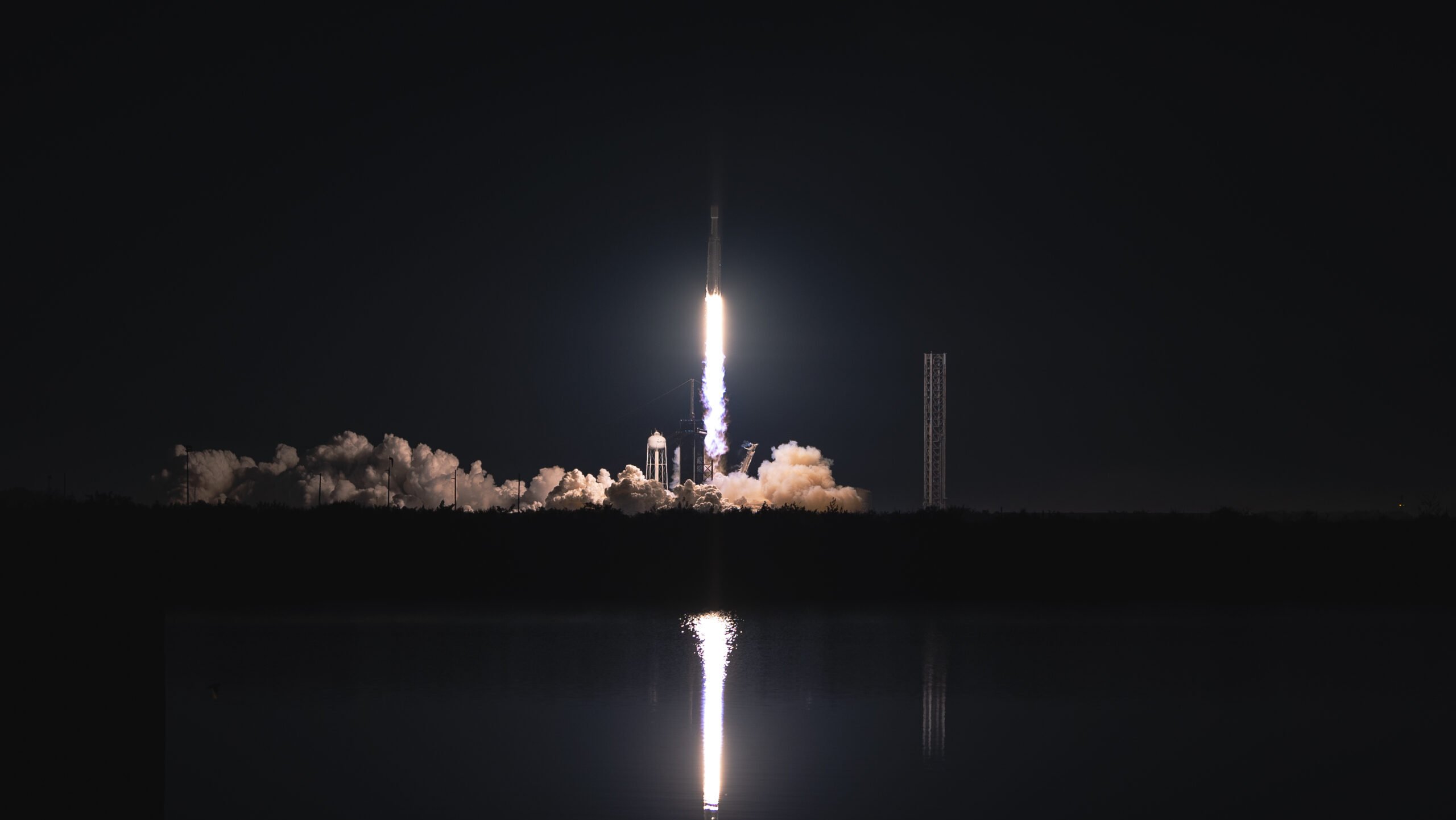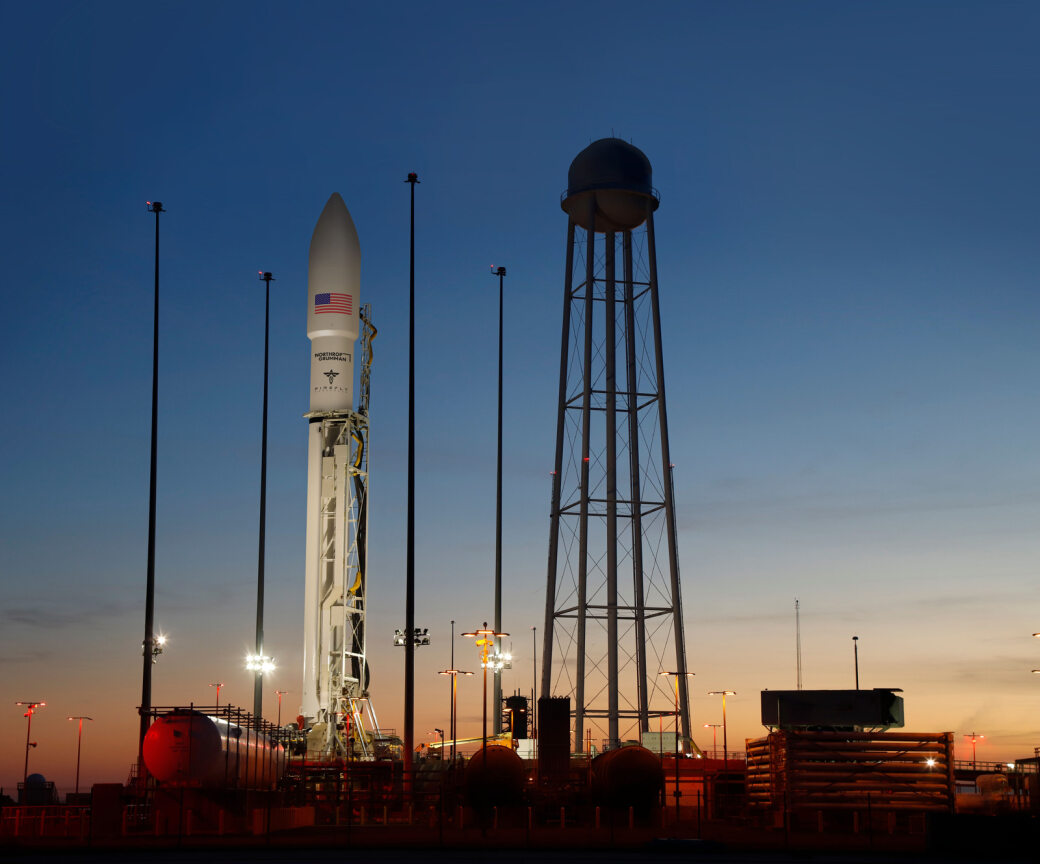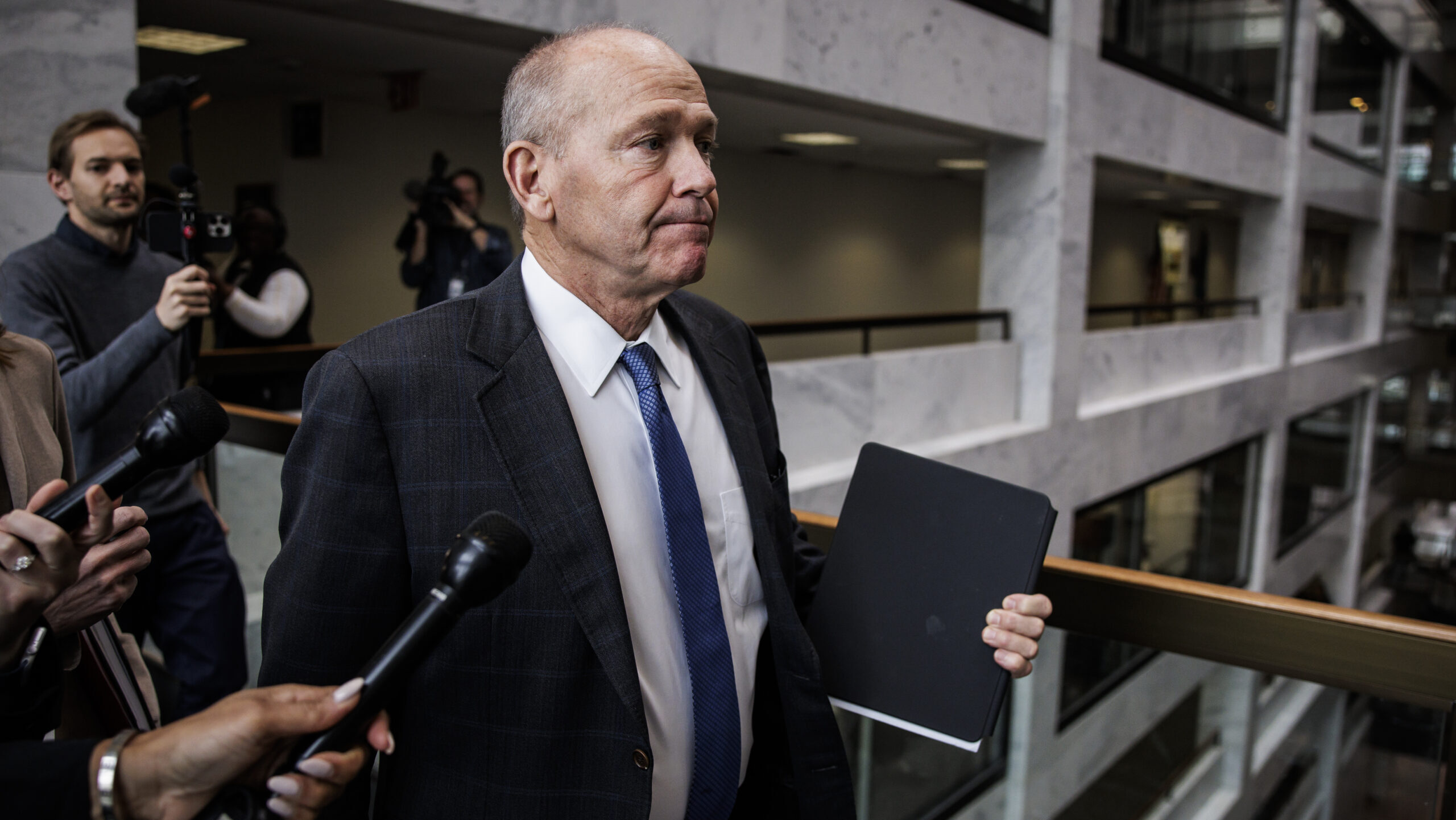
The National Security Space Launch program successfully launches the Falcon Heavy USSF-52 mission on December 28, 2023, from the Eastern Range. (Joshua Conti / Space Launch Delta 45)
WASHINGTON — If Congress continues to fail to pass a fiscal 2024 defense budget and instead rely on a continuing resolution (CR) to keep the Pentagon’s lights on, it could cost the Space Force as much $3.9 billion, service vice chief Gen. Michael Guetlein said today.
“It is to be seen when the CRA [Continuing Resolution Appropriations Act] is finally lifted how big that impact is going to be. That impact could be as big as $3.9 billion of Space Force TOA [total obligation authority] under a $30 billion budget. That’s about 14 percent of my buying power,” Guetlein told the annual McAleese Defense Programs Conference today.
Under a CR, spending is locked at FY23 levels and new programs that begin in FY24 will not be able to proceed until the new budget is passed.
“Just to put that in perspective, we’re looking at losing about seven National Security Space Launches,” he added.
The Space Force asked Congress in its FY24 budget request for $2.1 billion to fund 10 launches under its National Security Space Launch (NSSL) program, plus another $529 million to loft five satellites for the Space Development Agency (SDA).
Guetlein said that “the CR has created a significant strain on our ability to go as fast as we wanted. The Space Force is funded mostly by research and development dollars, so investment dollars. Because we are so heavily invested in the investment side, plus we saw a significant plus-up between ’23 and ’24, all that capability has been held,” Guetlein said. “It has definitely slowed some of our programs down.”
SDA Director Derek Tournear on Tuesday told Space News in an online interview that SDA has plans to launch 11 satellites under its Proliferated Warfighter Space Architecture (PWSA) of data relay and missile warning/tracking satellites in FY24. The PWSA is a critical foundation for the Pentagon’s ambitious plans for Joint All Domain Command and Control (JADC2) to link all sensors to all shooters.
However, in a Feb. 27 speech to the Defense and Intelligence Space Conference sponsored by the National Security Space Association, Tournear said that the agency has put on hold issuing planned contracts for two programs: the FOO Fighter, or Fire-control On Orbit-support-to-the-war Fighter, effort to build satellites carrying “fire control” sensors to target missile defense interceptors; and the Gamma variant of its Tranche 2 Transport Layer satellites. Tranche 2, somewhat confusingly, is the third set of planned SDA satellites, will provide global coverage circa 2027.












